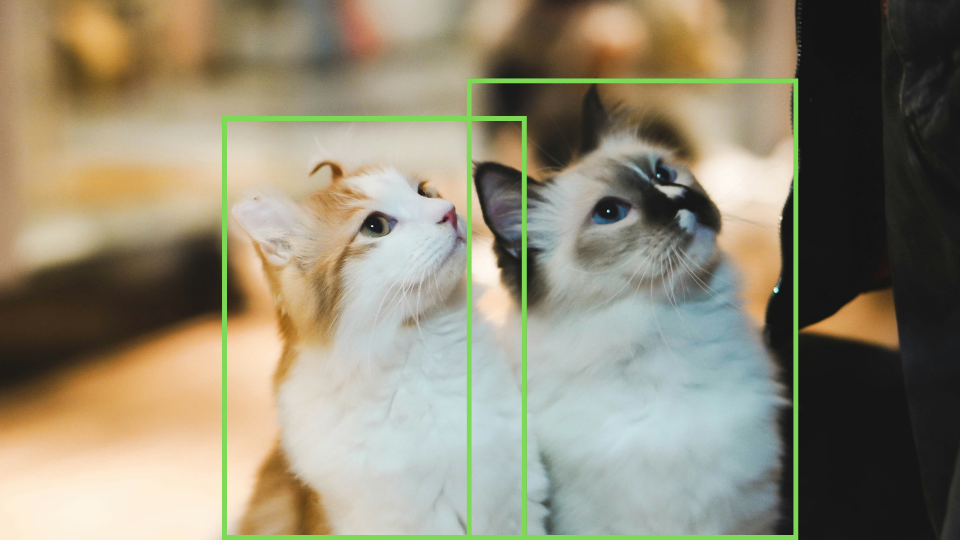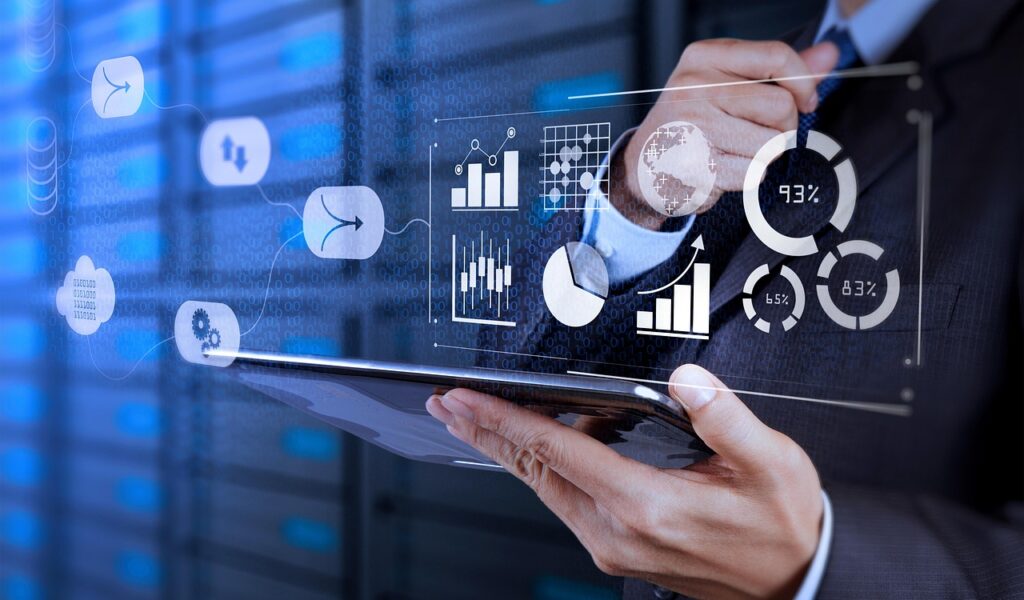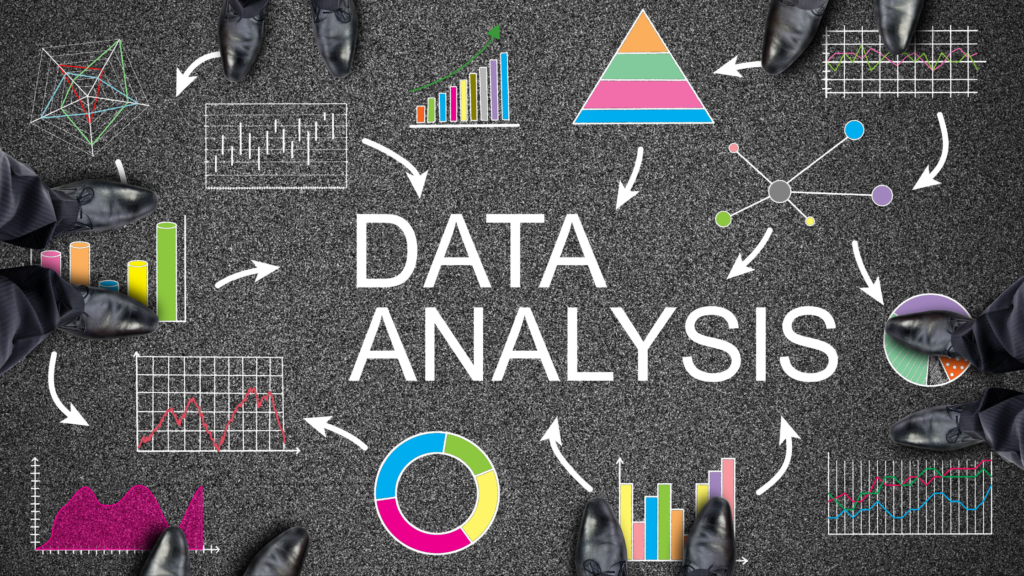Understanding Computer Vision
Table of Contents
Welcome to the latest edition of the Data Science Demystified Newsletter! In this issue, we will delve into one of the most intriguing areas of artificial intelligence, that is Computer Vision. As a vital component of AI, computer vision is transforming industries with its capability to interpret and analyze visual data. From powering self-driving cars to enabling facial recognition, the advancements in this field are both impressive and practical.
This newsletter will guide you through the features of computer vision, its advantages, use cases, and real life applications. We will also highlight one of its most popular frameworks, YOLO (You Only Look Once). Additionally, we will recommend top libraries, datasets, and GitHub repositories to help you get started. Let’s dive in!
How Does Computer Vision Work?
Computer vision allows machines to interpret and process visual data, such as images and videos, much like human vision. It encompasses tasks such as image recognition, object detection, and segmentation, and relies heavily on techniques like deep learning and neural networks. For example, a computer vision model can accurately identify objects in a photo, such as cars, animals, trees, or people.
Computer Vision helps us in:
- Image Processing: Enhancing images by reducing noise or applying filters to improve analysis.
- Object Detection: Identifying and localizing objects within images or videos.
- Image Classification: Categorizing images into predefined classes based on their content.
- Semantic Segmentation: Assigning a class label to every pixel in an image, which is useful for tasks such as medical imaging.
- Facial Recognition: Recognizing and verifying individual faces in images or videos.
- Motion Tracking: Analyzing movement in video feeds, which is crucial for surveillance systems.
Advantages of Computer Vision
Computer vision is driving innovation by making machines “see” and interpret the world with remarkable precision. From boosting efficiency to enabling futuristic tech, it’s reshaping industries. The below are some advantages that make computer vision so impactful!
- Automation: Automates tasks such as quality control in manufacturing, which saves time and reduces errors.
- Enhanced Accuracy: Achieves a higher level of precision than humans, especially in areas like disease diagnosis using medical imaging.
- Scalability: Capable of processing large volumes of visual data quickly, making it suitable for industries with significant data demands.
- Cost Efficiency: Lowers the need for manual inspection or monitoring, resulting in reduced operational costs.
- Innovation Enablement: Supports advanced technologies like augmented reality (AR) and autonomous vehicles.
Recommended Libraries for Computer Vision
Computer vision wouldn’t be as powerful without the tools that bring it to life. From beginners to experts, these libraries make creating and optimizing vision-based applications accessible.
- OpenCV: A comprehensive library used for image processing and various computer vision tasks, suitable for both beginners and experts.
- TensorFlow: This library offers pre-trained models and tools designed for creating custom computer vision applications.
- PyTorch: A popular choice for building and training deep learning models focused on image recognition and object detection.
- Scikit-Image: Provides a variety of tools for image analysis and transformation tasks.
- Keras: A high-level library for deep learning that is ideal for rapid prototyping of image classification models.
Use Cases of Computer Vision
Computer vision is transforming the way we interact with technology and the world around us. From enhancing security to improving online experiences, it offers practical solutions for everyday challenges. Let’s explore some fascinating use cases of this innovative technology!
- Face Authentication: Used in smartphones and security systems for identity verification.
- Augmented Reality: Powers applications like virtual try-ons in e-commerce.
- Wildlife Monitoring: Tracks animals and their behavior in natural habitats.
- Sports Analytics: Provides real-time player statistics and game insights through motion tracking.
- Content Moderation: Filters inappropriate content on social media platforms.
Datasets for Computer Vision Projects
Having the right datasets is crucial for building powerful computer vision models. Whether you’re a beginner or an experienced developer, these datasets offer diverse challenges and opportunities to learn and innovate.
- COCO (Common Objects in Context): A large-scale dataset for object detection, segmentation, and captioning.
- ImageNet: Widely used for training image classification models.
- Pascal VOC: Provides annotated datasets for object detection and segmentation tasks.
- MNIST: Ideal for beginners, focusing on digit recognition.
- LFW (Labeled Faces in the Wild): Used for facial recognition experiments.
Real-life Applications of Computer Vision
Computer vision is revolutionizing industries by enabling machines to interpret and act on visual data. From improving safety in autonomous vehicles to automating retail experiences, this technology transforms how we interact with the world around us. Here are some fascinating real-life applications:
- Autonomous Vehicles: Detects objects like pedestrians, road signs, and other vehicles to ensure safe navigation.
- Healthcare: Assists in diagnosing diseases through imaging techniques like X-rays and MRIs.
- Retail: Enables cashier-less stores and inventory tracking using object recognition.
- Security: Enhances surveillance systems with facial recognition and motion detection.
- Manufacturing: Automates defect detection during production processes.
Tools and Resources Recommendations
Spotlight on YOLO (You Only Look Once)
YOLO (You Only Look Once) is a real-time object detection system that analyzes an image using a single evaluation of a neural network. Unlike traditional methods, which often process images in multiple stages, YOLO divides the image into a grid and simultaneously predicts bounding boxes and class probabilities. This approach ensures both speed and accuracy.
- Real-Time Processing: YOLO is ideal for applications that require immediate results, such as surveillance systems.
- High Accuracy: The system provides precise object localization and classification.
- Flexibility: YOLO works effectively with a variety of datasets and image resolutions.
Applications of YOLO
- Surveillance: Used for real-time monitoring and anomaly detection.
- Traffic Management: Assists in vehicle detection and congestion analysis.
- Robotics: Enables object detection for navigation and manipulation tasks.
GitHub Repositories
- OpenCV: Extensive resources for image and video processing.
- YOLOv5: Simplified implementation of YOLO for object detection.
- TensorFlow Models: A collection of pre-trained models, including those for vision tasks.
- Albumentations: A fast image augmentation library.
Learning Resources
- PyImageSearch: Tutorials on computer vision and OpenCV.
- Fast.ai: Free courses on deep learning with applications in vision.
Call to Action
Are you ready to bring your computer vision projects to life? Begin by exploring libraries such as OpenCV and PyTorch. Dive into datasets like COCO and ImageNet, and don’t overlook experimenting with YOLO for real-time object detection. We invite you to share your projects or experiences in our community forum—we would love to feature your work in future issues!
Closing Thoughts
Computer vision is more than just a buzzword; it is revolutionizing industries and driving innovation. By grasping its fundamental features, mastering the necessary tools, and exploring real-world applications, you can fully harness its potential. As always, we are here to support your learning journey. Stay curious, stay innovative, and continue to push the boundaries of what is possible with AI.
PS: this article was posted on LinkedIn on 18th Jan’2025
More insights on Computer Vision: Computer Vision – Getting Started with OpenCV and Python



